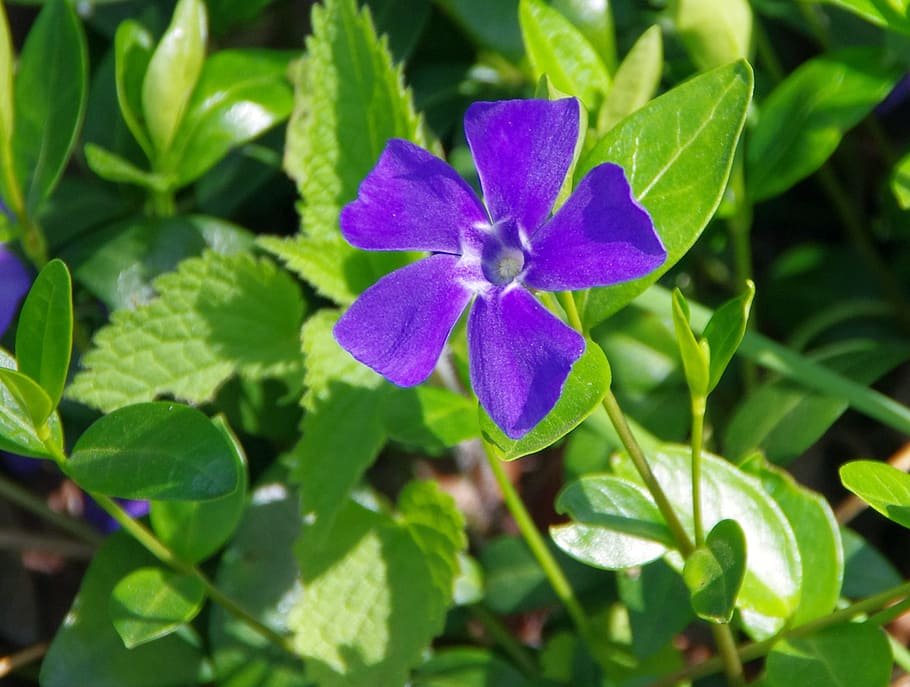Are you aware of a particular antitumor or anticancer drug that is available in most gardens? That is nothing but Madagascar periwinkle or Vinca. Let us first have a basic idea about tumors, before delving into further information on Vinca.
Our human body is made of millions of cells. We know that these cells divide and multiply to form tissues, organs and so on. So, in short, this cell division has to cease at some point. But what if this continues without any break? Will we develop any symptoms or remain unaffected?
Well, this uncontrollable outgrowth of cells that serves no purpose is what doctors call tumors. Anybody can develop tumors. These may be silent and show no signs or may start showing symptoms at the initial stage itself. An important thing to know about this is that the term “tumor” is synonymous with “cancer”.
Madagascar periwinkle or Vinca:
This plant is known for its salverform flowers that are usually violet or white in color. Due to its eye-catching appearance, this is commonly grown as groundcovers in gardens and hence is an easily available plant.
Occurrence:
Around B.C. 50, this plant was predominantly used in Europe for its wound healing and antihemorrhagic properties. Later on, in the 1950s, Canadian scientists, Nobel and Beer, investigated this plant and discovered its antileukemic activity. This paved the way for other scientists to work on this plant and ultimately, alkaloids that were responsible for its anticancer activity were isolated.
Distribution:
This plant is indigenous to Madagascar. However, it is also cultivated in South Africa, India, U.S.A, Europe, Australia and the Caribbean islands both as an ornamental and medicinal plant.
Organoleptic evaluation:
Since the whole plant is considered to possess antitumor activity, it is vital to identify the right plant. The prominent macroscopic characters of the plant are:
- Green, simple, petiolate, ovate and reticulate leaves
- Leaves have an acuminate apex with a glossy appearance
- Pale grey branched tap-roots
- Violet pink-white to carmine-red flowers
- Flowers are bracteate, pedicellate, complete and arranged in cymose clusters
- Fruits are follicles with black seeds
- The plant is a pubescent herb with characteristic odor and bitter taste
Chemical constituents:
The major constituents are indole alkaloids. Among them, about 20 dimeric indole-dihydroindole alkaloids possess anticancer activity. The most significant ones are vincristine and vinblastine. The other alkaloids are ajmalicine, lochnerine, serpentine and tetrahydroalstonine.
Mechanism of action:
Vincristine and vinblastine prevent cell division by binding to the mitotic spindles, thereby preventing the latter from joining together. This is how vinca alkaloids serve as anticancer agents.
Therapeutic use:
- Vincristine sulphate – Treatment of acute leukemia
- Vinblastine sulphate – Treatment of Hodgkin’s disease and choriocarcinoma

